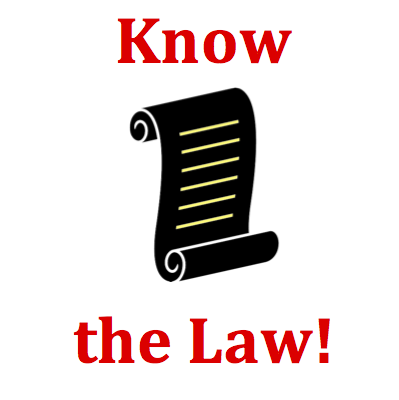Getting your Trinity Audio player ready...
Hold down the T key for 3 seconds to activate the audio accessibility mode, at which point you can click the K key to pause and resume audio. Useful for the Check Your Understanding and See Answers.
Mission SE10 Electric Field - Question Group 5 Help

TRUE or FALSE:
The quantity electric field is a vector quantity.
(Note: Your actual True-False statement is picked at random from a collection of choices and may vary from the one listed here.)
The quantity electric field is a vector quantity.
(Note: Your actual True-False statement is picked at random from a collection of choices and may vary from the one listed here.)

Electric Field as a Vector:
The electric field (E) at a given location about a source charge (Q) is a vector quantity. That is, it has a direction. The force upon a test charge (q) could be an attractive force (towards the source charge) or a repulsive force (away from the source charge) depending upon whether the Q and q are like-charged or oppositely charged. In defining the direction of the electric field, a convention is used so that the direction is dependent upon the type of charge on the source charge Q. According to the convention, the direction of the electric field is in the direction that a positive test charge would be pushed or pulled if placed in the space surrounding Q.
The electric field (E) at a given location about a source charge (Q) is a vector quantity. That is, it has a direction. The force upon a test charge (q) could be an attractive force (towards the source charge) or a repulsive force (away from the source charge) depending upon whether the Q and q are like-charged or oppositely charged. In defining the direction of the electric field, a convention is used so that the direction is dependent upon the type of charge on the source charge Q. According to the convention, the direction of the electric field is in the direction that a positive test charge would be pushed or pulled if placed in the space surrounding Q.
